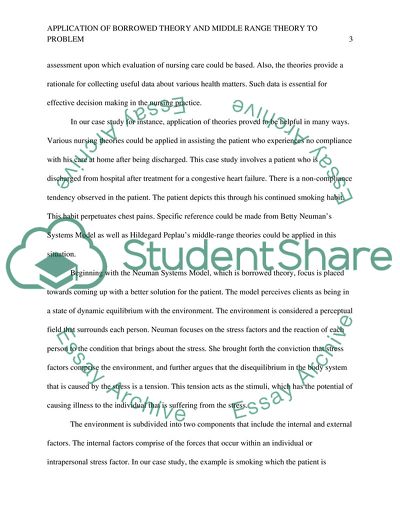Cite this document
(Great Significance in the Nursing Discipline Case Study, n.d.)
Great Significance in the Nursing Discipline Case Study. Retrieved from https://studentshare.org/nursing/1767164-application-ofborrowed-theory-to-problem
Great Significance in the Nursing Discipline Case Study. Retrieved from https://studentshare.org/nursing/1767164-application-ofborrowed-theory-to-problem
(Great Significance in the Nursing Discipline Case Study)
Great Significance in the Nursing Discipline Case Study. https://studentshare.org/nursing/1767164-application-ofborrowed-theory-to-problem.
Great Significance in the Nursing Discipline Case Study. https://studentshare.org/nursing/1767164-application-ofborrowed-theory-to-problem.
“Great Significance in the Nursing Discipline Case Study”. https://studentshare.org/nursing/1767164-application-ofborrowed-theory-to-problem.


